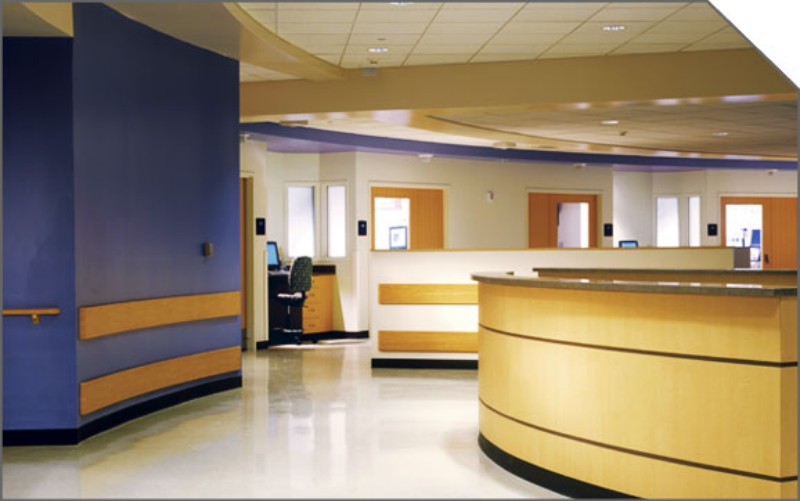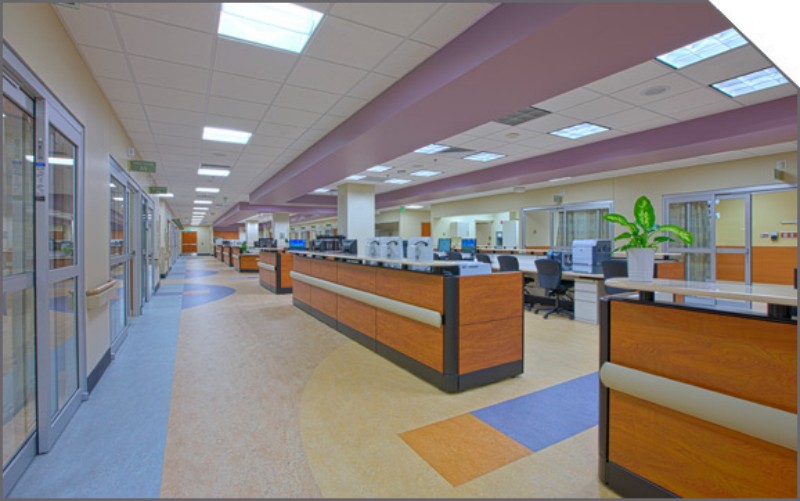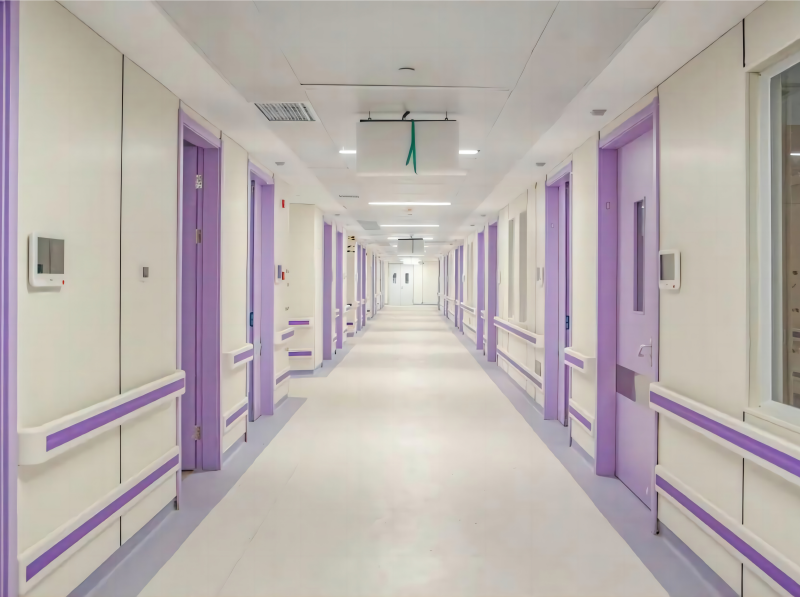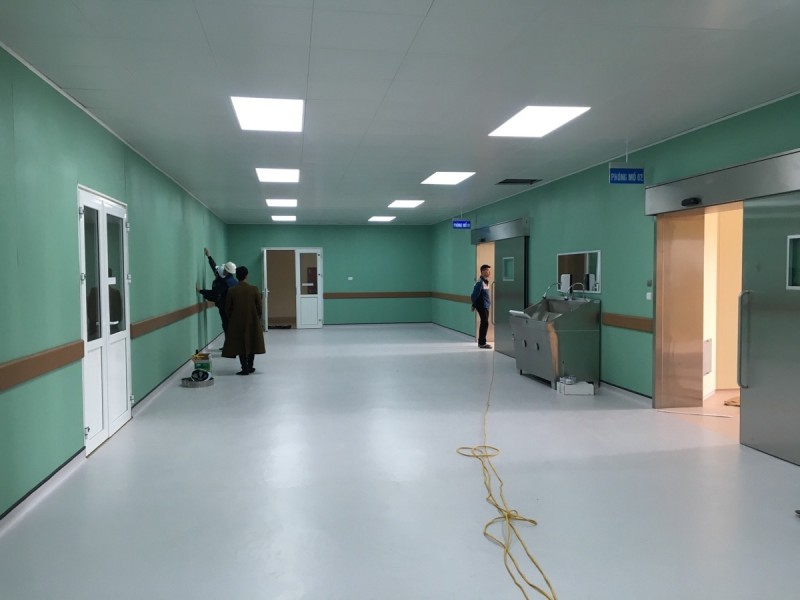-
WhatsApp : +8613570084662
-
Email : lily.zheng@pinger.cn
Language :

English
WhatsApp : +8613570084662
Email : lily.zheng@pinger.cn
Language :

English
Both wall guards and crash rails are effective in preventing damage to walls, but their positioning, size, and intended purpose differ. The choice between which protective device to use depends on the specific needs and requirements of the area question.

Wall Guard: A wall guard is a protective device typically made of rigid materials such as vinyl, rubber, or metal that is installed along the lower portion of a wall to absorb impact from carts, trolleys, luggage, and other objects, protecting the wall surface from damage.
Crash Rail: A crash rail, also known as a bumper rail or chair rail, is a protective device installed at a higher point on the wall compared to wall guards. It is designed to prevent damage caused by heavy objects such as gurneys, rolling equipment, or furniture.

1. Placement:
Wall Guard: Wall guards are typically installed close to the floor, extending horizontally along the lower portion of the wall where the risk of impact is higher.
Crash Rail: Crash rails are installed at a higher point on the wall, usually around hip height or higher, where the risk of impact from larger objects is more likely.

2. Size and Profile:
Wall Guard: Wall guards usually have a lower profile and are narrower compared to crash rails. They are designed to protect against lighter impacts and generally have a more discreet appearance.
Crash Rail: Crash rails are larger and more prominent than wall guards. They are designed to withstand heavier impacts and are often thicker and wider to provide increased protection.

3. Purpose:
Wall Guard: Wall guards mainly serve to protect the lower portion of the wall from scuffs, scratches, and dents caused by smaller objects and foot traffic. They are commonly used in areas such as corridors, hallways, and loading docks.
Crash Rail: Crash rails are designed to protect the upper portion of the wall from significant impacts and damage caused by larger equipment and heavy objects. They are commonly used in places like hospitals, commercial buildings, and industrial facilities.
Tags :